Significance
Of more than a hundred Koxinga temples built in Taiwan, Tainan’s Koxinga Shrine remains the only one raised by the government to commemorate Koxinga. During the Japanese Colonial Period, the Koxinga Shrine was re-named the Kaizan Shinto Shrine, making it the first-ever Shinto shrine established by the Japanese government in Taiwan as well as the only Shinto shrine outside mainland Japan that was converted from a temple. The shrine preserves the memorial requesting its construction written by Shen Baozhen (1820 – 1879), a renowned Minister of the Imperial Navy who contributed to Taiwan’s development during the Qing Dynasty, along with an 1874 imperial edict from the Guangxu Emperor approving Shen’s request. It also boasts other historically significant artifacts, such as a horizontal inscription board with the full imperial text conferring upon Koxinga the posthumous title “Loyal and Upright” and the case that contained the Guangxu Emperor’s edict. The Koxinga Museum within the shrine complex serves as an important venue for the display of information about the historical culture of the Kingdom of Tungning as well as artifacts from that period.
History
Built in 1662, the Koxinga Shrine is dedicated to the sage king Koxinga. The original Koxinga temple was raised out of the public gratitude to Koxinga for coming to Taiwan to drive away the Dutch colonists and for developing Taiwan. He is considered a hero who established ethnic Chinese rule over the island. In 1874, the Mudan Incident in Taiwan, involving the murder of several Okinawan sailors by Taiwanese aboriginals, led to a Japanese invasion. In response, the Qing court sent Fujian’s Minister of Shipping, Shen Baozhen, to Taiwan to assist in its defense. In addition to taking part in a peace settlement with Japan, Shen also began construction of several defense facilities and infrastructure projects in Taiwan. During his stay, he submitted a memorial to the Guangxu Emperor in praise of Koxinga asking the emperor to honor Koxinga with a title in accordance with his accomplishments during his lifetime. Subsequently, Koxinga Temple was officially renamed the Koxinga Shrine, making it the earliest memorial temple appointed to commemorate Koxinga by the Qing court. Ritual ceremonies were held at the shrine every spring and fall. Following the First Sino-Japanese War in 1895, the Japanese occupied Taiwan and transformed the Koxinga Shrine into a Shinto shrine. The temple’s appearance today is the result of its 1963 reconstruction. On April 26 of every year, a grand ceremony is held by the government. The Koxinga Shrine remains the only large-scale temple raised by the Taiwanese government to honor Koxinga. In 2010, the shrine was registered as Tainan City’s ninth historical landmark.
Special Features
1The Layout of the Shrine Complex The Koxinga Shrine was built in a Northern Chinese architectural style with reinforced concrete as the building medium. The parkland surrounding the temple complex is reached through a standalone arched entryway. Upon entering, visitors will first notice a traditional screen wall placed to prevent a head-on view of the main shrine, a stone furnace, and the torii gate erected when the Japanese transformed the temple into a Shinto shrine. The shrine complex itself is entered through the Sanchuan Gate with its horizontal plaque inscribed with the honorific “Unrivaled Among the Ancients”; the plaque is an expression of the esteem in which Koxinga is held. Beside the Sanchuan Gate is a set of granite steps leading to a stone tablet embedded in 1875 stating “Built on Imperial Order.” Inside the Sanchuan Gate are numerous wooden plaques from both past and present filled with poetry and antithetical couplets written by people in praise of Koxinga. The east and west wings bordering the courtyard contain spirit tablets and flags used to venerate Koxinga’s officials and generals. Three worship areas dominate the rear hall: the Shrine of the Queen, located in the center, contains the spirit tablet of Koxinga’s mother Tagawa; the shrine of the Prince of Ningjing, located on the left, is dedicated to the worship of the Ming Dynasty’s last prince, who committed suicide when Qing forces conquered the pro-Ming Kingdom of Tungning in Taiwan (taking your life rather than surrendering was an action seen as dying for your country with honor); and the Regent Shrine, located on the right, is where prayers can be offered up to Koxinga’s grandson Zheng Kezang (1662 – 1681), crown prince and regent of the Kingdom of Tungning.
The Koxinga Shrine was built in a Northern Chinese architectural style with reinforced concrete as the building medium. The parkland surrounding the temple complex is reached through a standalone arched entryway. Upon entering, visitors will first notice a traditional screen wall placed to prevent a head-on view of the main shrine, a stone furnace, and the torii gate erected when the Japanese transformed the temple into a Shinto shrine. The shrine complex itself is entered through the Sanchuan Gate with its horizontal plaque inscribed with the honorific “Unrivaled Among the Ancients”; the plaque is an expression of the esteem in which Koxinga is held. Beside the Sanchuan Gate is a set of granite steps leading to a stone tablet embedded in 1875 stating “Built on Imperial Order.” Inside the Sanchuan Gate are numerous wooden plaques from both past and present filled with poetry and antithetical couplets written by people in praise of Koxinga. The east and west wings bordering the courtyard contain spirit tablets and flags used to venerate Koxinga’s officials and generals. Three worship areas dominate the rear hall: the Shrine of the Queen, located in the center, contains the spirit tablet of Koxinga’s mother Tagawa; the shrine of the Prince of Ningjing, located on the left, is dedicated to the worship of the Ming Dynasty’s last prince, who committed suicide when Qing forces conquered the pro-Ming Kingdom of Tungning in Taiwan (taking your life rather than surrendering was an action seen as dying for your country with honor); and the Regent Shrine, located on the right, is where prayers can be offered up to Koxinga’s grandson Zheng Kezang (1662 – 1681), crown prince and regent of the Kingdom of Tungning.
2The Loyalty and Courage Arch
 With its uppermost horizontal beam removed and the Kuomintang party emblem installed by the Kuomintang government in 1947, the stone torii originally built by the Japanese was remade into a traditional Chinese arch of Loyalty and Courage. It is the Koxinga Shrine’s most notable structure of the Republic of China period. On the pillars of the arch is a pair of antithetical couplets written by General Bai Chongxi (1893 – 1966) that praises Koxinga as a loyal, solitary general whose arduous journey and efforts to protect Taiwan earned him a name that would be glorified eternally, and whose goal was the exercise of justice rather than the pursuit of power.
With its uppermost horizontal beam removed and the Kuomintang party emblem installed by the Kuomintang government in 1947, the stone torii originally built by the Japanese was remade into a traditional Chinese arch of Loyalty and Courage. It is the Koxinga Shrine’s most notable structure of the Republic of China period. On the pillars of the arch is a pair of antithetical couplets written by General Bai Chongxi (1893 – 1966) that praises Koxinga as a loyal, solitary general whose arduous journey and efforts to protect Taiwan earned him a name that would be glorified eternally, and whose goal was the exercise of justice rather than the pursuit of power.
3Koxinga Sculpture in the Main Hall The Koxinga Shrine’s main hall contains a sculpture of Koxinga that measures 2.1 meters in height. The sculpture was made by Taiwanese sculptor Yang Ying-feng (1926 – 1997) in 1961, based on a portrait of Koxinga in the collection of the National Taiwan Museum. It features a lifelike, solemn, and dignified appearance, a sharp and determined facial expression, and an official’s apparel that differs from that depicted in traditional Koxinga statues, which show Koxinga in military gear. The statue’s hands, at rest in his lap, suggest repose and its chest is decorated with a golden dragon to evoke a sense of imperial grandeur.
The Koxinga Shrine’s main hall contains a sculpture of Koxinga that measures 2.1 meters in height. The sculpture was made by Taiwanese sculptor Yang Ying-feng (1926 – 1997) in 1961, based on a portrait of Koxinga in the collection of the National Taiwan Museum. It features a lifelike, solemn, and dignified appearance, a sharp and determined facial expression, and an official’s apparel that differs from that depicted in traditional Koxinga statues, which show Koxinga in military gear. The statue’s hands, at rest in his lap, suggest repose and its chest is decorated with a golden dragon to evoke a sense of imperial grandeur.
4The Imperial Edict Case In 1875, Shen Baozhen submitted a memorial to the Guangxu Emperor requesting that the Koxinga Temple be reconstructed and renamed the Koxinga Shrine, and that ritual ceremonies be held every spring and fall. The request was later approved by the emperor and the imperial edict stating the emperor’s approval was kept in an imperial edict case measuring 65 x 48 x 34 centimeters and carved with nine golden dragons. The case and a replica of the imperial edict are preserved in the main hall; the actual imperial edict is now in the collection of the National Museum of Taiwan History.
In 1875, Shen Baozhen submitted a memorial to the Guangxu Emperor requesting that the Koxinga Temple be reconstructed and renamed the Koxinga Shrine, and that ritual ceremonies be held every spring and fall. The request was later approved by the emperor and the imperial edict stating the emperor’s approval was kept in an imperial edict case measuring 65 x 48 x 34 centimeters and carved with nine golden dragons. The case and a replica of the imperial edict are preserved in the main hall; the actual imperial edict is now in the collection of the National Museum of Taiwan History.
5Antithetical Couplets Written by Shen BaozhenShen Baozhen received approval from the emperor to reconstruct the old Koxinga Temple as the Koxinga Shrine. Initial construction of the shrine coincided with a period in which major policies were promoted to develop the mountainous areas of Taiwan, bringing together officials from Fujian and Taiwan. During construction of the shrine, Shen wrote antithetical couplets commemorating Koxinga, praising him as a man who accomplished unprecedented feats, who left Taiwan with plentiful resources in its undeveloped mountains and river valleys, whose ultimate failure was by no means the result of a lack of effort but rather uncontrollable fate, and who was a paragon of loyalty. The antithetical couplets, carved in wood, are now installed on the two sides of the main hall. Antithetical couplets written by imperial decree in 1873 describing Koxinga’s journey to Taiwan and his efforts in local development are preserved in the Koxinga Museum, while antithetical couplets written in 1875 praising Koxinga’s mother’s self-sacrifice in allowing her remarkable son to leave China and come to Taiwan are placed on the two sides of the Tagawa spirit tablet in the Shrine of the Queen.
6The Koxinga MuseumFormerly known as the Museum of Taiwan History, the Koxinga Museum was originally built on the grounds of Fort Zeelandia during the Japanese Colonial Period in 1932. It was later renamed the Tainan City Museum of History and relocated to Fort Provintia. When the Koxinga Shrine was rebuilt in 1963, the museum was again relocated to its current address to honor the national hero, Koxinga. In addition, the museum collection was enlarged. Because Koxinga only ruled Taiwan for a brief period of time, a part of the museum’s collection, which includes documents and historical data, also consists of Tainan-related ceramics, wood sculpture, documents, monies, bills, weapons, portraits, and books of rubbings, as well as Ming and Qing dynasty court uniforms.
7Stone Sculpture of KoxingaA stone sculpture of Koxinga, weighing 200 metric tons and carved out of Quanzhou White—a famous pale granite quarried in Quanzhou—can be found in the garden of the Koxinga Shrine complex. The sculpture was donated to the Koxinga Shrine by the Quanzhou City Koxinga Academic Research Association in 2008.
Reminders
Opening hours are 8:00 a.m. to 6:00 p.m. from April through September, and 8:30 a.m. to 5:30 p.m. from October through March. Visitors will enjoy the Kinmen Island-shaped pond located in the park to the right of the shrine; it was built to commemorate Koxinga’s advance from Kinmen to Taiwan to expel the Dutch.
Panoramic
Directions